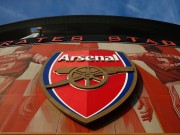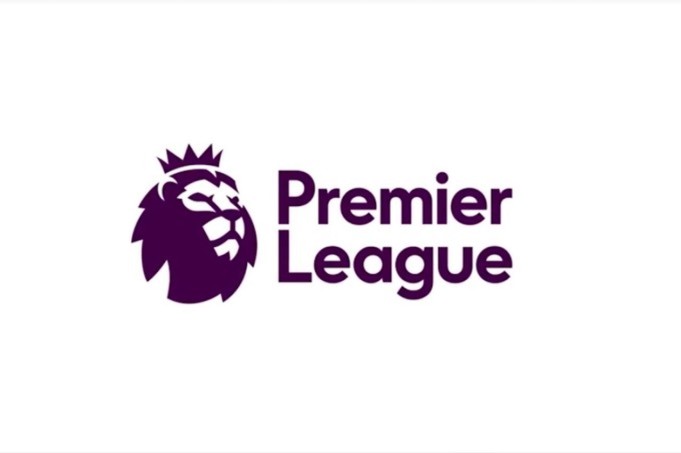Despite securing a record TV rights deal worth an average of £10.2 million per game from 2016 to 2019, the first half of the 2016/17 Premier League season has been experiencing a serious decline in viewing figures. According to figures released by the Broadcasters’ Audience Research Board, an organisation that compiles audience measurement and TV ratings in the UK, average viewing figures have fallen by 11% compared to last season.
In fact, Sky’s viewing figures have fallen by a staggering 25% since 2010, and this couldn’t have come at a worse time for Rupert Murdoch, whose company 21st Century Fox Inc. has recently agreed to acquire the remaining 60% of Sky that it doesn’t already own for $14 billion.
Sky have already invested £4.2 billion for their 126 live games per season for the next three years, the vast majority of the £5.5 billion total cost of the domestic TV rights for the 2016-2019 period. BT bought the remaining two packages, consisting of 42 live games for £960 million. The BBC paid £204 million for their Match of the Day highlights deal, while other highlight packages were sold off for £150 million.

Despite this lucrative investment and the marketing of Premier League fixtures across the various channels that has gone with it, average audience figures have been falling. Taking into account the fact that the figures don’t include those watching matches on mobile devices, the only fixture slot that has seen an increase is the Saturday lunchtime kickoffs, which (perhaps not coincidentally) moved from BT to Sky in 2016. Even the lucrative Sunday late afternoon kick offs, where the prime fixtures are usually scheduled, have seen audiences fall to an average of 1.1 million, down from 1.7 million in 2011/12.
Simon Green, the head of BT Sport, was relaxed about the drop in viewing figures when he said in October that “viewing figures will fluctuate on a day-to-day basis and are influenced by many factors, including the team and the size of their fan base, other events happening on the day or even the weather. BARB [the Broadcasters Audience Research Board] viewing figures are just one of many ways in which we measure the success of BT Sport and only give part of the picture.”

When considering viewing figures broken down by club – one of the factors mentioned by Green – they are little better than when taking the viewing figures as a whole. Looking at the top six teams (Liverpool, Manchester United, Chelsea, Arsenal, Manchester City and Tottenham Hotspur), only Chelsea have seen a rise in their average TV audience in the first half of 2016/17 compared to 2015/16 (and this only slight: 0.8 million to 0.9 million), despite their outstanding form under Antonio Conte.

While the audience for Spurs’ matches remains the same (0.8 million), the other four clubs have seen fans drift away. The average viewing figures for matches involving Liverpool and Manchester United dropped 100,000 to 1.1 million, while the decline was around 200,000 in Arsenal’s and Manchester City’s cases. Is this due to the ease of watching games on the move on mobile devices (which the statistics don’t take into account), or are there more inherent reasons that have caused this fall in viewing figures?
The relegation of Aston Villa and Newcastle United, two historic and well-supported clubs, in 2015/16 can only partially account for the most recent fall in viewing figures. In 2015/16, around 850,000 on average tuned in for Newcastle’s matches on Sky and BT, while Aston Villa’s average viewing figures were around 800,000 per game. Norwich City, the other relegated side, had an average TV audience of slightly over 650,000. The newly promoted clubs haven’t been able to match these figures: so far this season both Burnley and Middlesbrough’s viewing figures average just under 600,000, and Hull’s just over 600,000. The relegation of Aston Villa, Newcastle and Norwich has therefore cost the Premier League around half a million viewers.

It should be said that these figures only apply to the UK’s Premier League viewing figures and don’t take the overseas figures (or their lucrative revenue streams) into consideration. However, this isn’t to say that declines in TV audiences are only restricted to the Premier League: on one particular Tuesday, the middle of a round of Champions League games, BT’s viewing figures were down by a remarkable 40%.
This raises some important questions about how fans are watching matches, if indeed they are at all (for instance, as the Atlantic recently asked, are they following matches on Twitter and watching highlights – such as Sky’s free goals service – online, or have they cancelled Sky and BT subscriptions altogether in favour of other streaming services such as Netflix?). If this trend continues, the question will be asked once again whether the exponential growth of TV revenue is finally slowing down. If so, what will the repercussions be for the Premier League if the staggering amount of money being poured into the Chinese Super League continues? Whether this is a trend or just a blip remains to be seen, but it will be interesting to watch how both Sky and BT react to their viewers’ changing habits.







































